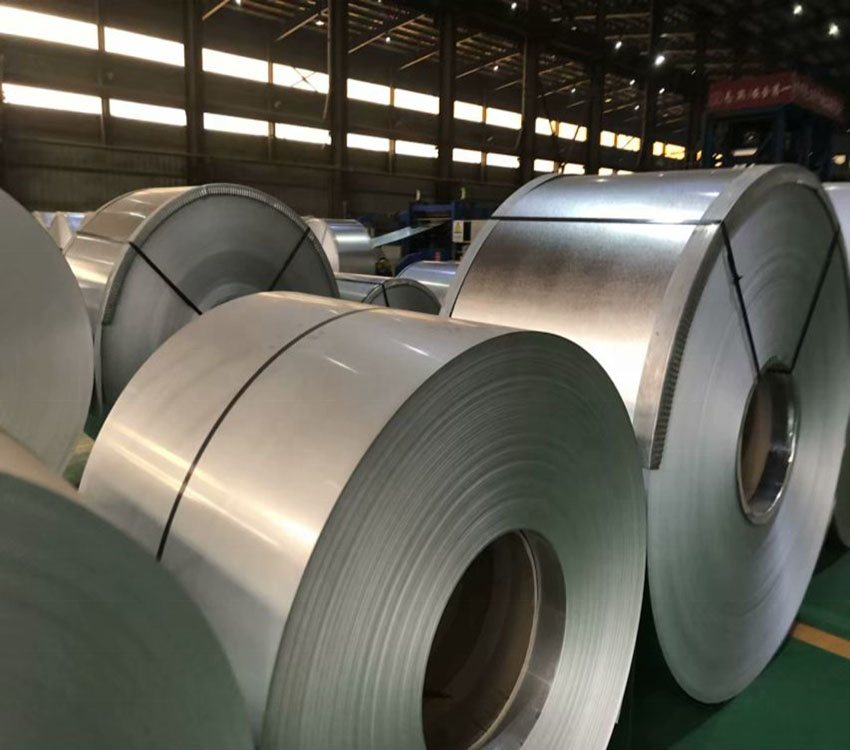The steel industry is a pivotal sector that plays a significant role in the overall economic development of nations. As we enter the second half of 2023, it is important to analyze and forecast the future trends of steel prices, considering various factors such as the current economic situation, national macro policies, talent strategy, and construction activities.
To begin with, let us evaluate the current economic situation, which is in a steady recovery phase. After a period of uncertainty caused by the global pandemic, economies around the world are gradually bouncing back. As the demand for steel is closely correlated with economic growth, we can anticipate an increase in steel consumption in the upcoming months. This surge in demand could lead to a positive impact on steel prices.
National macro policies also play a crucial role in shaping steel price trends. Governments often implement economic stimulus packages and policies to bolster their economies. In the case of the steel industry, governments may introduce measures such as infrastructure development projects and subsidies for steel-consuming industries. With such policies in place, the demand for steel is likely to rise, consequently driving up steel prices.
Furthermore, it is essential to focus on the talent strategy within the industry. The steel sector requires a skilled workforce to ensure efficient production and maintain competitiveness. Governments and companies should emphasize strengthening the talent pool by investing in training programs and attracting skilled professionals. A well-equipped workforce would enhance productivity and innovation in the steel industry, potentially impacting steel prices positively.
The speed and scale of construction activities can significantly influence steel prices. As countries strive to develop and modernize their infrastructure, there will be a surge in construction projects requiring vast amounts of steel. These projects can range from building bridges and roads to constructing residential and commercial structures. The acceleration of construction activities will undoubtedly drive up the demand for steel, thus affecting its prices.
Despite the optimistic forecast, it is important to note that various challenges and uncertainties exist, which may impact steel prices differently than anticipated. Fluctuating commodity prices, geopolitical tensions, and regulatory changes are just a few examples of external factors that could alter the projected outcome. It is essential for stakeholders in the steel industry to closely monitor market dynamics and adjust their strategies accordingly.
In conclusion, the steel industry is poised for a positive price trend in the second half of 2023. The current economic recovery, coupled with supportive national policies, a strengthened talent strategy, and accelerated construction activities, provide a favorable environment for the steel market. However, it is essential to remain vigilant and adaptable to any unforeseen circumstances that may affect steel prices in the coming months.
Post time: Jul-07-2023

